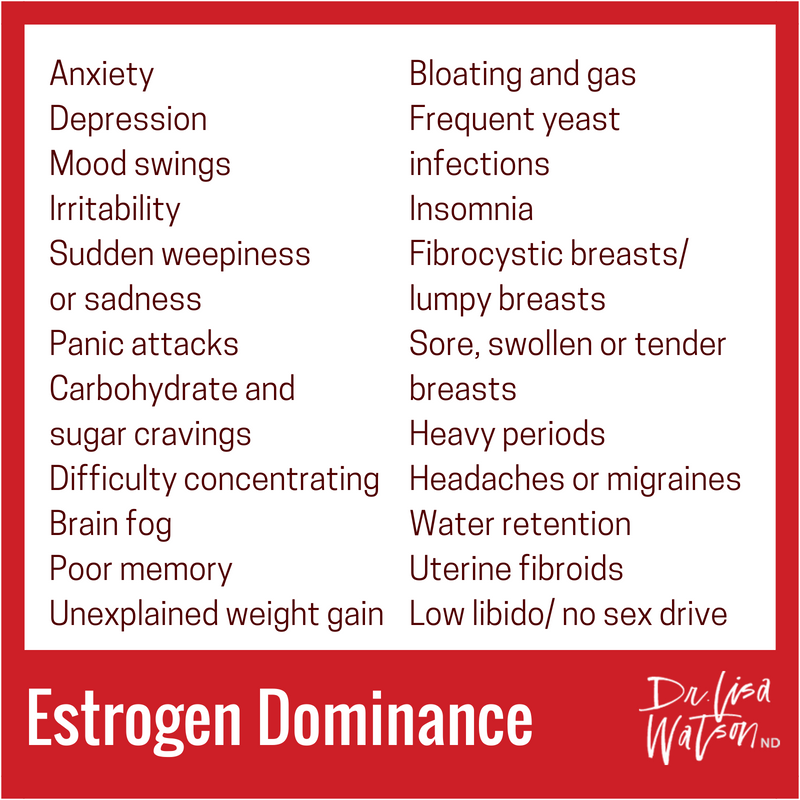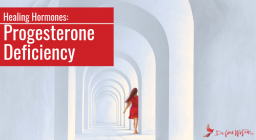
More and more women are recognizing how much hormone balance impacts their lives, especially in their late 30s, 40s, and 50s. We’re feeling exhausted, overwhelmed, overweight, and our moods are unstable. We just don’t feel at our best.
We realize it might be our hormones, but we don’t know what to do about it.
And the whole situation is worsened because it feels like our doctors don’t know what to do about it either!
In this article I want to talk about one of the most common things I see in my patients: multiple hormone imbalance. In particular, I want to talk about those women who have low thyroid function (hypothyroidism) combined with symptoms of hormone imbalance in their Big Three Hormones: Cortisol, Estrogen, and Progesterone.
Thyroid Hormone Imbalances
Hypothyroidism is the most commonly diagnosed hormone balance impacting women (although I would argue that estrogen dominance is even more common – but because few medical doctors recognize this hormone imbalance it is rarely properly diagnosed or treated.)

Most women who are diagnosed with hypothyroidism are in their 30s, 40s, and 50s, and are more likely than not experiencing symptoms of both thyroid hormone imbalances and reproductive hormone imbalances. This can create a perfect storm of hormone havoc for women, impacting their energy, their moods, their libido, their body weight, and most importantly, their quality of life.
Treating women with multiple hormone imbalances is one of my greatest passions. These women need someone who recognizes the nuanced relationships between the hormones and is willing to go deeper than just Synthroid to help them recover their optimal health.
The Relationships Between Thyroid Hormones and Estrogen and Progesterone
The dance between our hormones can be elegant or chaotic, depending on the balance of each hormone. And for women in our 40s and 50s often chaos reigns.
As you know from all the previous articles on my website, high estrogen and low progesterone are the dominant hormone changes in our late 30s and 40s, while low estrogen and low progesterone are the most common in our 50s once we reach our age of menopause.
What most women don’t know is how these hormonal states impact our thyroid hormones.
Excess estrogen, or estrogen dominance, is one of the most disruptive hormonal states for our body. High levels of estrogen cause our body to increase the production of thyroid binding globulins, proteins that bind to and hold onto our thyroid hormones, making them less available to receptors inside our cells. This can cause symptoms of hypothyroidism, even if our thyroid is functioning well.
This is why many women in our 40s complain of symptoms of hypothyroidism, but are assured their thyroid hormone levels are fine.

On the flipside, low progesterone can be caused by low thyroid function as the active thyroid hormone triiodothyronine (T3) is needed by the ovaries to release progesterone. This is the reason why so many symptoms of low progesterone look the same as symptoms of low thyroid hormones – including feeling tired and cold. Without adequate thyroid hormones, we invariably end up with low progesterone as well.

The Relationship Between Thyroid Hormones and Cortisol
The dance between estrogen, progesterone, and thyroid hormones can leave women exhausted, bitchy, cold, and tired. And the relationship between thyroid and our main stress hormone cortisol can leave us feeling even worse.
During states of high stress, when our cortisol levels are high, our body can slow the production of thyroid hormones, increase production of thyroid binding globulin to make our thyroid hormones unavailable to us, or can decrease the production of the 5’ deiodinase enzyme that activates thyroid hormones, all of which combines to leave us feeling exhausted and overwhelmed.
And if we are burnt out and our cortisol levels are low, our bodies are unable to convert T4 into T3, also causing low energy and other hypothyroid symptoms.
It’s a complicated mess for many women. And far too few women are working with health care practitioners who understand this delicate balance and can offer support in how to overcome it.
Natural Desiccated Thyroid
The original treatment for hypothyroidism was natural desiccated thyroid, a thyroid hormone replacement made from porcine (pig) thyroid gland. With the introduction of Synthroid in 1955 natural desiccated thyroid slowly lost favour as the main treatment for hypothyroidism.
But the tide is turning. Studies are showing that, when given the choice, nearly HALF (49%) of women prefer the impact that natural desiccated thyroid has on their symptoms. Only 19% of women in one study preferred Synthroid/ levothyroxine.
Natural desiccated thyroid is much closer to what our body was making at its prime. It contains thyroxine (T4) – the hormone found in synthetic form in Synthroid. But it also contains small amounts of triiodothyronine (T3) – the thyroid hormone that actually improves our energy and metabolism. This makes it a bioidentical match for our body’s own thyroid hormones.
Women using natural desiccated thyroid (Armour thyroid, compounded desiccated thyroid, ERFA, Nature Thyroid, or NDT) may experience better symptom management, including weight loss according to one 2013 study. A 2019 study suggested that the inclusion of T3 may be the key to improved symptoms, especially mood, found with natural desiccated thyroid.
Healing Complex Hormone Imbalances
As a naturopathic doctor, woman’s health expert, and woman, I think we need to listen to women more. We need to recognize the complexity of hormone balance for women, especially during their 30s, 40s, and 50s, where hormone levels fluctuate drastically.
The cornerstone of addressing complex hormone imbalances is testing. We need to test women for more imbalances than simply TSH and thyroid hormones. We need to look at the intimate interactions between thyroid hormones, cortisol, estrogen and progesterone.
And we need to listen to women, and care about their quality of life. I hear women who are struggling with multiple hormone imbalances, and don’t I refuse to stop at just correcting a TSH level. We need to recognize the overlap between the symptoms of hypothyroidism and excess estrogen, deficient progesterone and imbalanced cortisol levels. We, as health care providers, need to do better.
Select References:
McAninch EA, Bianco AC. The swinging pendulum in treatment for hypothyroidism: from (and toward?) combination therapy. Front Endocrinol (Lausanne). 2019;10:446. https://www.ncbi.nlm.nih.gov/pmc/articles/PMC6629976/
Hoang TD et al Desiccated thyroid extract compared with levothyroxine in the treatment of hypothyroidism: A randomized, double-blind, crossover study. J Clin Endo- crinol Metab 2013;98:1982-90. https://www.thyroid.org/patient-thyroid-information/ct-for-patients/vol-6-issue-8/vol-6-issue-8-p-3/
















